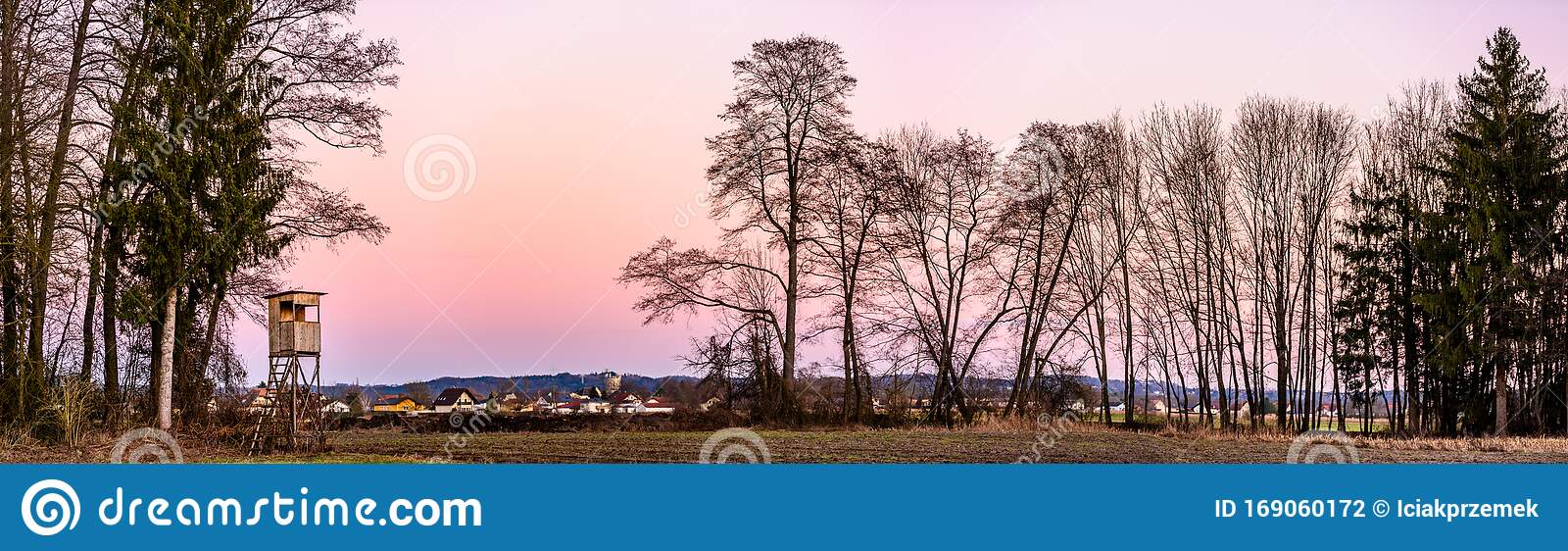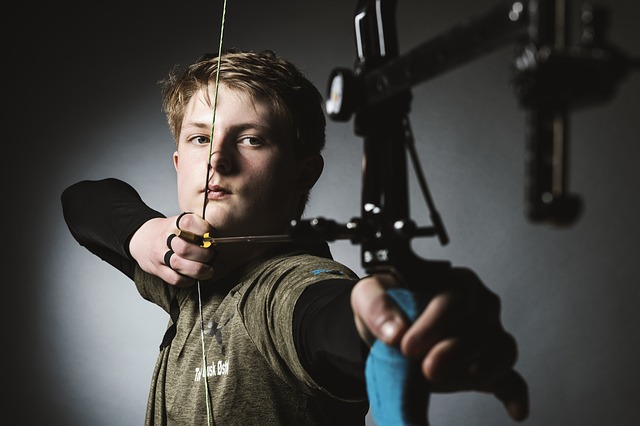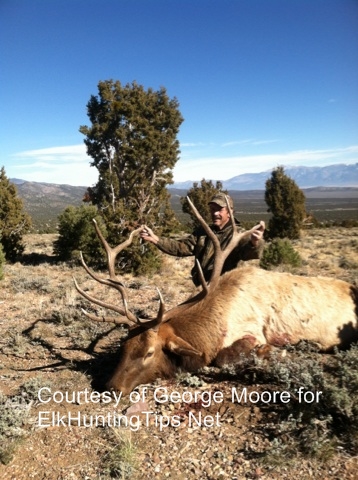
You can establish food plots by planting cover plants in your field, before or after harvest. Cover crops are a great companion for late-season vegetables because they extract nutrients from the soil. Several mixes and clovers pair well with cover crops to create a more attractive food plot system. Here are some ideas. These foods are very palatable for wildlife. To help animals thrive, they can also be used in a more complicated food plot.
Soybeans
Soybean is a perennial favorite with deer and makes for a great late season food plot. Whether planted in early spring or late fall, soybeans will always attract the most deer and increase your chances of killing a big buck. Soybean food plots are more popular with deer than other crops due to their low maintenance and ease of cultivation. Soybeans can survive for over 10 months once they are planted and can provide excellent forage.
Brassicas
Brassicas can be planted in late season food plots. This is because they are fast growing and have a high amount of leafy biomass. In early season plots, weed pressure is minimal and grazing can help control weeds. However, grass-selective herbicides can also be effective. This should only be used on plants that are still growing. It is important to rotate the plots at least every two years after harvest.

Perennials
Using perennials for food plots offers many benefits. Perennials will provide a break for the soil from annual plants. The perennials will stabilize soil and will continue to produce food throughout the year. Additionally, perennials are much cheaper than annuals. Perennials can also be planted in smaller areas and clearings. When choosing perennials, be aware of any large trees or other desirable timber around the area. Be aware of any mast-producing trees.
Turnips
Planting late-season turnips as food plots is one the best things you can do. These vegetables are nutritious and delicious for humans, but deer don't always like the taste. They are bitter in flavor but provide essential nutrition to deer. Turnips are great for deer attraction and retention. These are the steps to plant turnips.
Radishes
A blend of brassicas and late season radishes is a great way to grow them in your food plots. This will increase the diversity of your plot and also provide some nutrients to the soil. Do a soil test on the area before planting. Weeds should be eliminated as much as possible, and you should fertilize and lime the area as needed.
Oats
After the end spring, oats can be planted to increase the deer meat. These grazing plants grow quickly in troughs less than one-half inch deep. They are easy to harvest in spring, and they die in fall. Oats can survive the winter unlike many other crops. You can purchase oats seeds from many seed companies at this time.

Winter wheat
Fall is a good time to plant winter grain. You can plant it in the fall, but it is best to wait until spring or late winter to get it going. This crop can be planted throughout most of the country. Its seeds are high-protein and easily digested. It is a popular food choice for deer in winter. Additionally, the seed heads contain a lot energy. Winter wheat is an excellent choice for late season food plots.
Rye
Rye is a great choice for adding more protein and carbohydrates in your deer farm. Rye can grow up to three feet tall and is an evergreen grass. Rye thrives in late season food plots. For greater results, it can be planted alongside other cool-season species. Rye can be mixed with other cereal grains to increase its nutritional value and palatability. Rye is an excellent late season food plot because it's highly digestible for deer.
FAQ
What gun is best to hunt?
A.22 caliber rifle makes the most effective hunting weapon. Because it's lightweight and easy-to-carry, this rifle is the best choice for hunting. You can also shoot at great distances with it.
It is best to not anticipate a predator attacking you with this type of gun.
You don't want ammunition to be wasted by shooting at a tree. It would do very little damage. You should aim your gun at your prey.
If you intend to hunt large game, such as deer or elk a.30 caliber rifle is an option. It is heavier than a.22 calibre rifle.
It will take more practice to be as accurate with a 30-caliber rifle.
How much does it cost to become a hunter?
Hunting can be expensive depending on where you live.
Some areas may require you to pay a modest membership fee in order to have access to public lands.
Some states require you to have a permit or license before you are allowed to hunt.
Hunting prices vary depending on which type of firearm is used. A rifle typically costs more than an average shotgun.
A license costs between $10 and $50. You may need additional tags depending on how many days you hunt.
Hunting certain species requires a permit. The size and type of animal you are hunting will impact the cost of your purchase.
Hunting wild turkeys requires a tag that costs up to $150.
What guns can you legally use?
There are many types of hunting weapons that you can use.
Hunting rifles, shotguns and handguns are the most common weapons used by hunters.
Rifles can be used to fire long-range bullets. Most shotguns come with pellets. Handguns fire bullets through their hands. Muzzle-loading firearms look similar to modern pistols.
Crossbows can be used to shoot arrows. Bowhunters are archery weapons.
Crossbow hunting requires special training. The first step is to master the art of shooting and aiming the weapon.
Is it possible to hunt without a licence?
You can hunt without a permit. But, you're breaking the law.
You could face fines and even jail time.
Some states permit residents to hunt without a license. Check with your state department of natural resources to see if you are allowed to hunt without a license in your area.
Can I bring my dog with me?
Most states ban dogs from being hunted alongside humans. Some states, however, allow this practice. You can check with your state's Department of Natural Resources to see if this practice is allowed in your region.
Some hunters also bring their pets. Some hunters believe having a pet helps them relax while hunting. Some people believe that having a pet makes it less likely for them to lose their way.
However, it is possible to have problems with bringing your pet. The hunter may be frightened of dogs. Wild animals can attack the pet.
What is the U.S. Department of Agriculture's (USDA) estimation of deer hunting?
USDA estimates that about 6 million Americans hunt deer. Only 2.2 million shoot one.
This means that about 0.6% of hunters kill a deer each season.
How many deer hunters are there in the U.S.
Over 20 million deer hunters are estimated to live in the United States. This includes professional as well recreational hunters.
Statistics
- In less than 20 years, Rhode Island saw a 40% drop in the number of hunting licenses for residents, according to The Valley Breeze. (stacker.com)
- Thanks to the 1937 Pittman-Robertson Act, an 11% excise tax was placed on the sale of firearms, which were then used for conservation. (stacker.com)
- Less than 1% of Hawaii's population has a hunting license. (stacker.com)
- - Percent of residents with paid hunting licenses: 0.7%- (stacker.com)
External Links
How To
How to build deer blinds
A deer blind can be used as a hunting device to conceal game animals like deer and elk. It is usually made from wood or canvas and covered with branches or leaves. The hunter hides in the enclosure and waits to see if the animal passes. Hunting at night is easier with a deer blind.
There are many sizes and shapes of deer blinds. Some are portable while some are permanent. These structures are usually made of plywood, cardboard, plastic or canvas and metal.
Box blinds are also known by the name box stands. These deer blinds consist of a wooden frame with a roof, walls and roof. Boxes are popular due to their ease of construction and transportation.
A tree stand, another type deer blind, is also available. Tree stands are natural looking so that it is not obvious they exist. Most tree stands are permanently fixed to trees.
Ground blinds are also available, which look similar to tree stand but are built into a ground. Ground blinds are usually camouflaged in dirt, rocks or sand. Ground blinds can also be called "ground boxes".
There are many different ways you can hunt in a deer blind. Another way to hunt with a deer blind is to simply wait for it to approach. Another way is to move around and try to scare the animal away. You should be quiet and not move too much if this is the method you choose. This could lead to an animal believing you are a threat and running off.
You will need to locate a spot where you can use the blind. You should pick a place where the wind won't blow your scent toward the animal. Avoid areas where people frequently hike.
Make sure that you are able to set up your deer blind correctly. Otherwise, the animal will see you and run away.